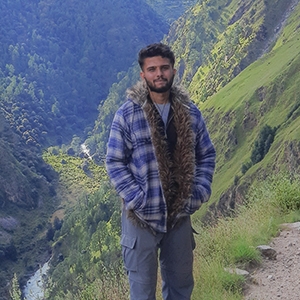Pangboche Monastery
Located in the heart of the Himalayas, Pangboche Village serves as a serene haven of tradition, culture, and natural magnificence. This scenic village lies along the route to Everest Base Camp, offering trekkers a quiet stopover. Pangboche is split into two sections: Lower Pangboche and Upper Pangboche. The upper trail provides an alternative route that links directly to the Gokyo Lake route.
Pangboche, one of the most aged Sherpa territories in the Khumbu Valley, provides a unique prospect to immerse yourself in the rich cultural heritage of the Sherpa people, including their religious monastery and simple daily life. Situated at an altitude of 3,980 meters, Pangboche offers a wealth of experiences for those exploring the remote reaches of the Everest region. As you walk through the village, you'll hear the gentle hum of prayer wheels spinning and see detailed mani stones engraved with Buddhist prayers, showcasing the deep spirituality of the community. The village features classic stone houses adorned with fluttering prayer flags and is known for the warm hospitality of its villagers.
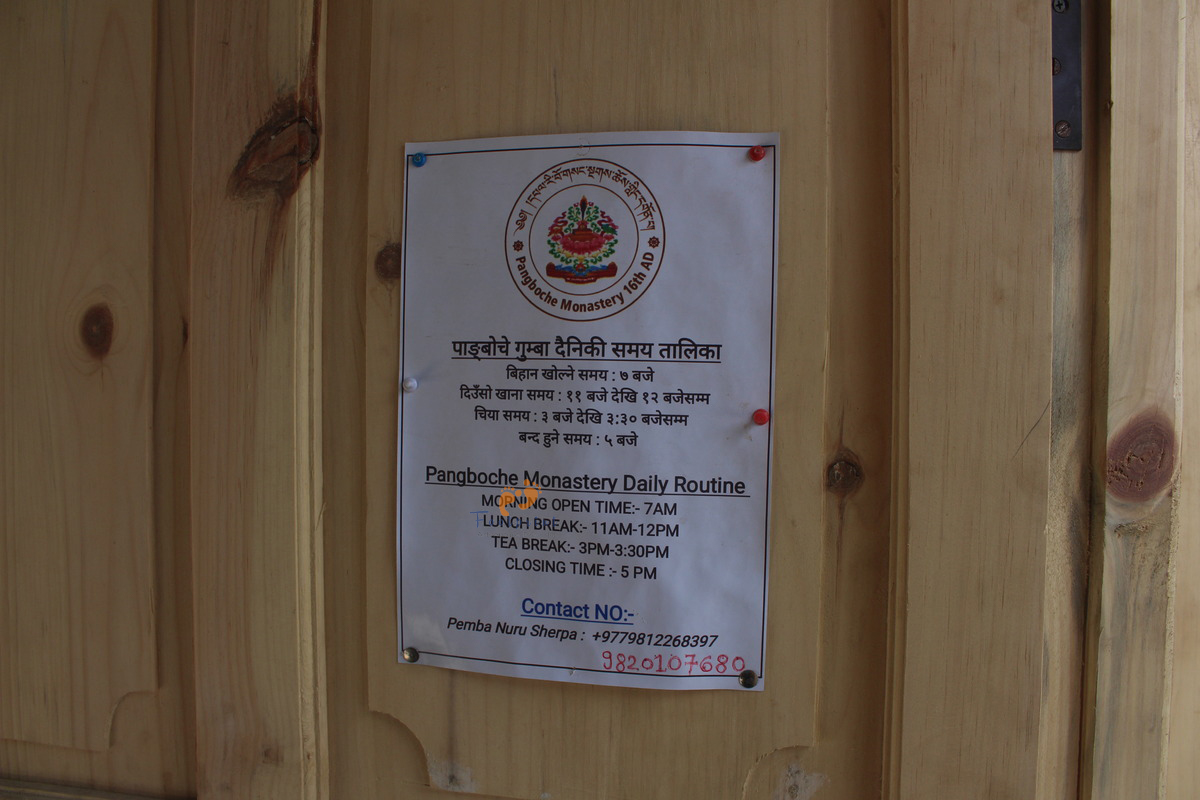
Despite its faraway location, Pangboche village and its monastery have felt the influence of modernity. The residents have successfully balanced preserving their ancient traditions with embracing necessary progress. Solar panels provide sustainable energy, while traditional farming methods coexist with modern techniques to support the community.
On the trail to Everest Base Camp, you'll find the revered Pangboche Monastery at the heart of Pangboche, serving as a spiritual sanctuary that attracts both pilgrims and tourists. Visitors can join prayer rituals, participate in meditation sessions, and receive blessings from the local monks. The paths around Pangboche provide astonishing views of some of the world's highest peaks, including Lhotse, Everest, and Ama Dablam. Adventurers can venture on day hikes to nearby viewpoints, visit Ama Dablam Base Camp, explore remote valleys, and enjoy the excitement of high-altitude trekking in one of the most scenic terrains on Earth.
Now, let's dive deeper into the importance of Pangboche Monastery, as Pangboche Village offers an exceptional experience that will stay in your memory long after you've departed its peaceful surroundings.
Pangboche Monastery, a respected Buddhist monastery, holds profound spiritual significance for devout Buddhists as a center of worship, reflection, and enlightenment. The monks there commit their entire lives to seeking spiritual knowledge and enlightenment, upholding Buddha's teachings, and guiding pilgrims on their spiritual paths. Many scholars of Buddhist architectural history believe the monastery was originally built in the 16th century but was destroyed by massive avalanches during the winter season and later rebuilt in 1667 AD. Today, visitors can explore this historic site as the oldest monastery in the Khumbu Region.
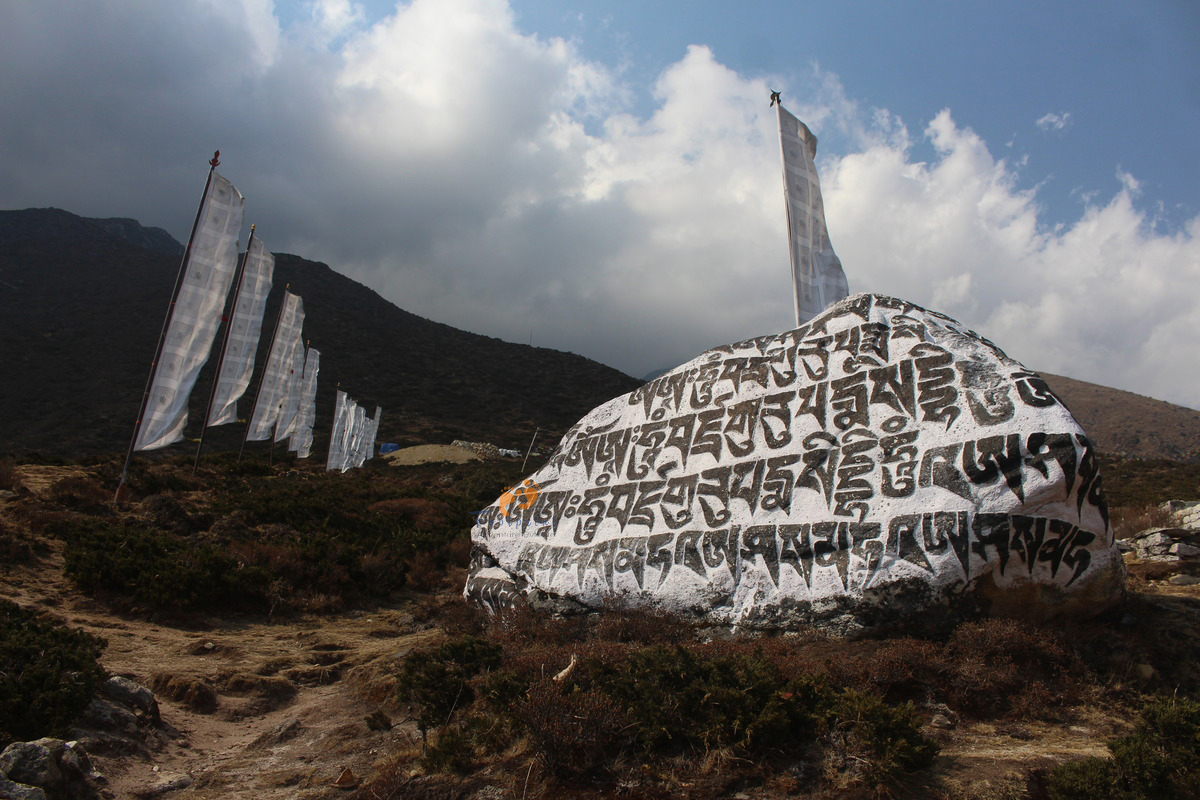
Currently, 18 monks and 14 community members from Pangboche village look after the monastery. These 14 community members are responsible for conserving and protecting the monastery. The Pangboche Sherpa people celebrate the festival of "Dumjee" from late June to early July. They also attend "Ngungne Puja" twice a year, a fasting festival, and "Kengyur" in November. In addition to the monastery, you can visit "The Statue of God Green Tara," which includes 21 statues. A short uphill trek to the north of the monastery leads to a big statue of Green Tara.
Myths and Legends of Pangboche Monastery
Lama Sangwa Dorje, the 6th reincarnation of Lama Chhagna Dorje and the king of the Khumbu region built the Pangboche Monastery. Known as "The Flying Lama" for his power to fly in the Khumbu area, he was a powerful monk. According to legend, a Yeti helped him by preparing food and water while he meditated in the nearby Taboche Cave. One day, the Yeti couldn't return due to a massive snowfall and was later found dead when the snow melted. Lama Sangwa Dorje brought the Yeti's skull and hand back to the monastery, where they remain to this day, which we will cover in another topic of this blog.
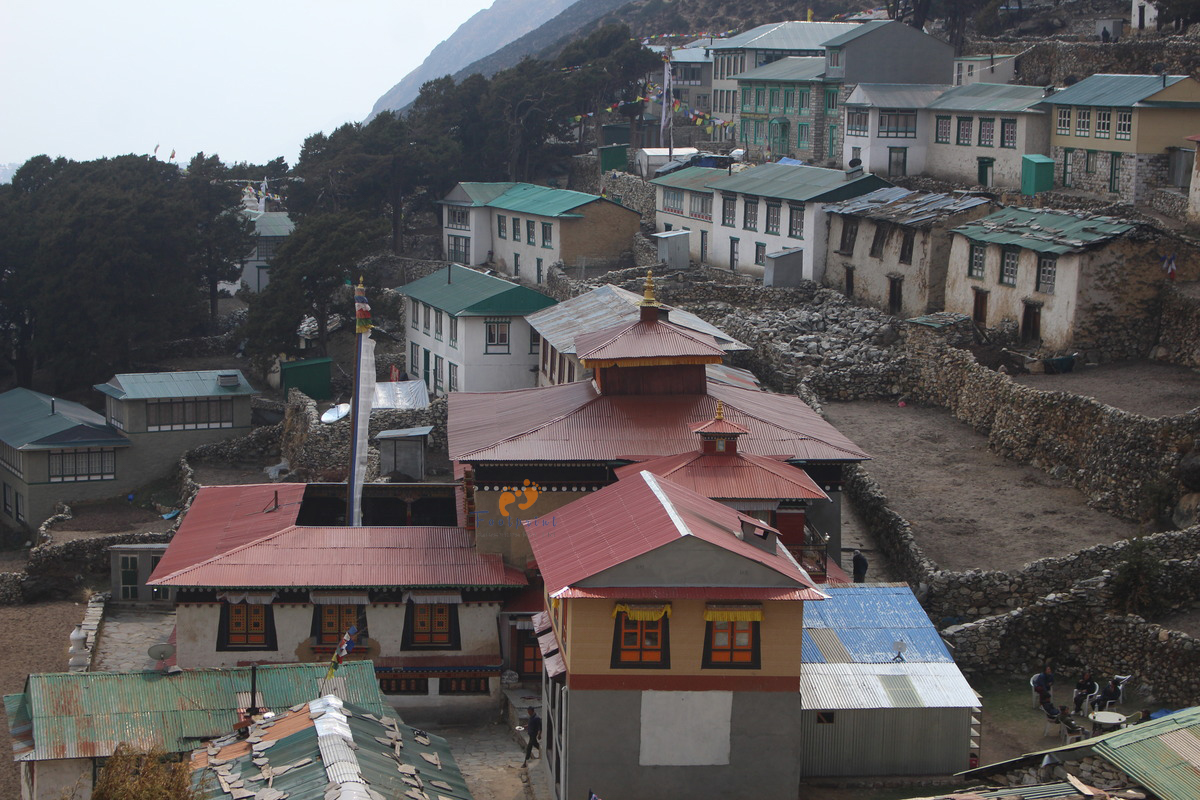
Additionally, folklore says that Lama Sangwa Dorje spread a handful of hair around the village, causing a forest of juniper trees to sprout. These sacred trees have been preserved and have never been used as firewood. Buddhist people burn the leaves of Juniper trees as a part of their culture to cleanse the environment.
Stolen Yeti Skull and Hand Skeleton
In 1957, oil businessman and adventurer Tom Slick first heard about the possible existence of a "Yeti hand" kept as a ritual artifact at the Pangboche Monastery during one of his initial "Abominable Snowman" expeditions. Slick's expeditions were the first to bring photographs of the hand back to the West. In 1959, Peter Byrne, reportedly stole pieces of the artifact after the monks declined to permit its removal for study. Byrne claimed he was shown what appeared to be a large, mummy-like hand and admitted to replacing the stolen bone pieces with human bones, rewrapping the hand to hide his theft. The entire hand was eventually stolen from the monastery and allegedly ended up in an intimate collection through the unfair antiquities trade. In 2010, Weta Workshops created a replication skull and hand based on photos of the originals. Mike Allsop delivered the replica skull and hand to the monks at Pangboche in May.
Festivals in Pangboche Monastery
The monastery in Pangboche is not only a spiritual haven but also a rich cultural region where traditional festivals bring the community together in celebration. These celebrations, deeply rooted in Buddhist traditions and Sherpa culture, provide a remarkable glimpse into the prosperous heritage of the region. Here are some of the prominent festivals celebrated at Pangboche Monastery:
Dumjee Festival
Time: Late June to early July
The Dumjee Festival, observed from late June to early July, is one of the most momentous events in Pangboche. This festival honors Guru Rinpoche (Padmasambhava), who is believed to have taught Buddhism to Tibet and the Himalayan territories. The festival lasts several days and features intricate rituals, dances, and joint feasts.
During Dumjee, monks at Pangboche Monastery conduct complex mask dances (Cham dances) that characterize various deities and legends from Buddhist folklore. These dances serve as religious presentations and are also believed to ward off evil energies and bring good fortune to the community. Villagers gather in immense numbers to watch the performances, participate in prayer sessions, and enjoy the lively atmosphere.
Kengyur Festival
Time: November
The Kengyur Festival celebrated in November, is dedicated to recounting the Kengyur, a collection of godly Buddhist texts containing the Buddha's education. This meaningful event in the Buddhist calendar involves several days of collaborative reading of these texts.
Monks and representatives meet at Pangboche Monastery to participate in the recitation ceremony, which is distributed with prayers, offerings, and practices. The festival highlights the essence of preserving and studying Buddhist scriptures, fostering a sense of community and shared adherence among participants.
Ngungne Puja
Time: Twice a year
Ngungne Puja, celebrated twice a year by the Sherpa community in Pangboche, is a fasting tradition devoted to deep spiritual contemplation and purification. Participants undergo tough fasting and sincere prayer sessions to purify their bodies and minds, seeking to accumulate value and spiritual blessings.
The ritual contains reciting explicit prayers and mantras, making offerings to the creators, and performing acts of compassion and liberality. Monks lead the rituals at the monastery, guiding participants through the different phases of the ritual. Fasting and prayers are thought to remove obstacles, purify unfavorable karma, and enrich spiritual growth.
Importance of Pangboche Monastery
The Pangboche Monastery holds a spiritual and cultural essence within the Himalayan region and beyond. The monastery stands as a hub for the thriving cultural heritage of the Tibetan Buddhist tradition. Its architecture, painting, and practices reflect centuries of ritual and craftsmanship, presenting an understanding of the cultural practices and beliefs of the Himalayan people. Pangboche Monastery serves as a keeper of this cultural heritage, preserving ancient rituals, scriptures, and artifacts for future generations.
Situated along the way to Everest Base Camp, Pangboche Monastery serves as an important stopover for trekkers and mountaineers venturing on expeditions to the world's highest peak. Its strategic site provides a shelter for travelers to rest, acclimatize, and seek refuge in the rough landscape of the Himalayas. The monastery's hospitality and warmth offer a sense of connection and support to adventurers braving the challenges of the Everest region.
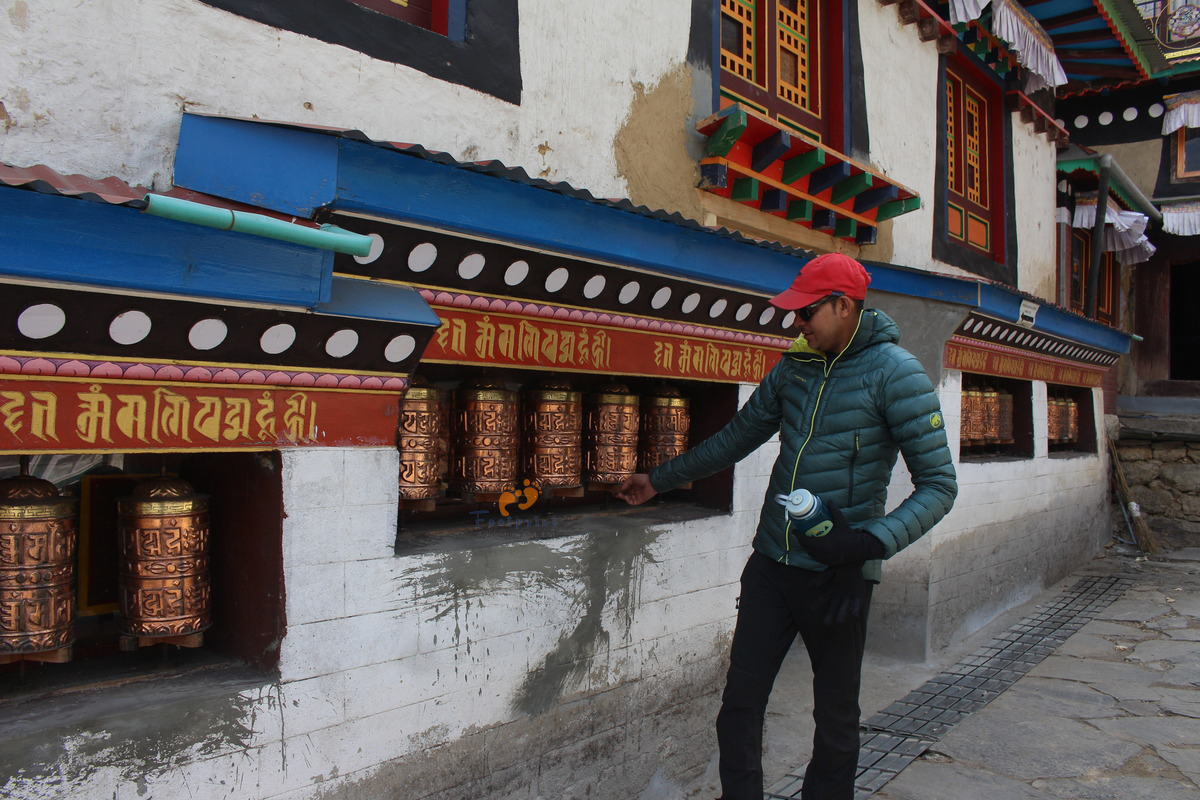
For Buddhists and travelers alike, Pangboche Monastery holds enormous significance as a pilgrimage site. People from across the globe embark on difficult journeys to visit the monastery, pursuing blessings, spiritual direction, and value. The sacred antiques housed within its walls, including the venerable Yeti scalp, draw pilgrims in search of sacred blessings and magical experiences.
Beyond its spiritual and cultural positions, Pangboche Monastery plays an essential role in the local community. It serves as a center for education, healthcare, and social interest, providing fundamental services to villagers living in hidden mountainous regions. Monks from the monastery actively engage in generous activities, offering resources and support to those in need and encouraging a sense of harmony and cooperation within the society.
Monastery Entry Fee
The Pangboche Monastery Management Committee charges RS 250 per tourist for entry, and the collected funds are used for the maintenance of the monastery.
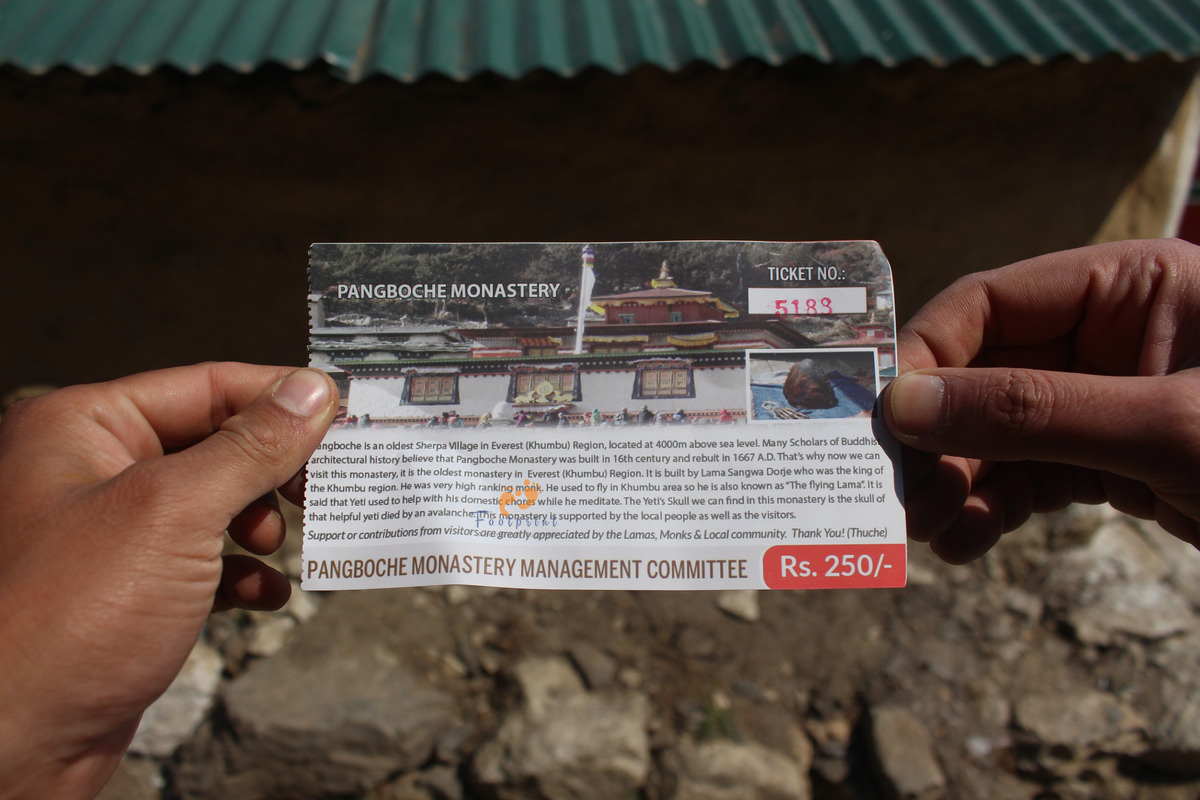
Thus, Pangboche Monastery embodies the endless wisdom, beauty, and soundness of the Himalayan landscape. Its significance transcends its physical structure, deeply impacting the hearts and souls of all who have the privilege of encountering its charm within the serene embrace of the mountains.







